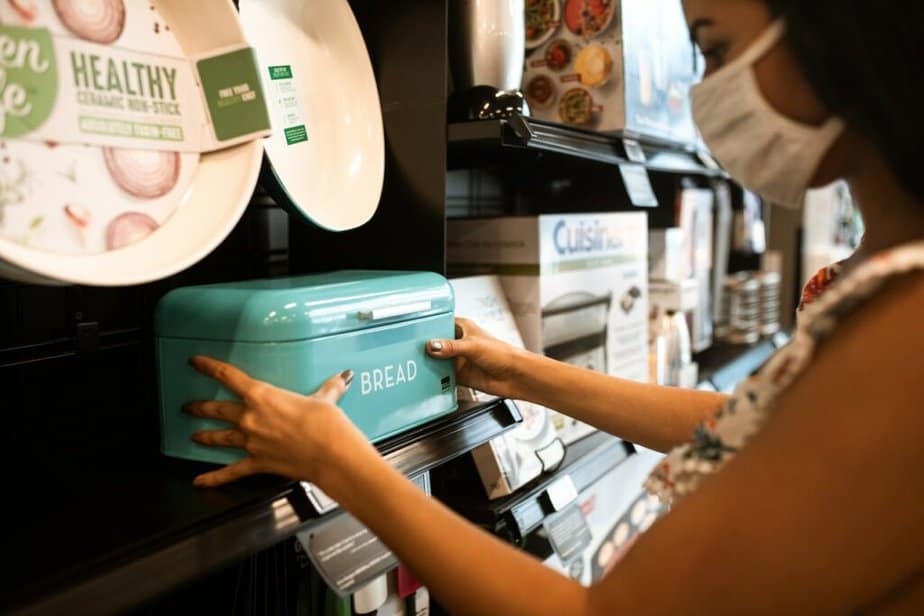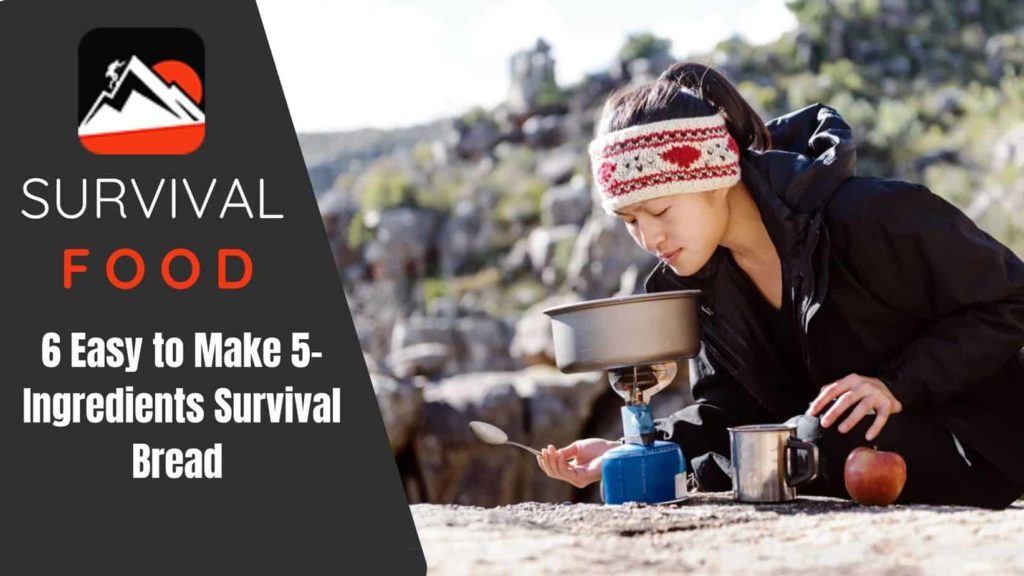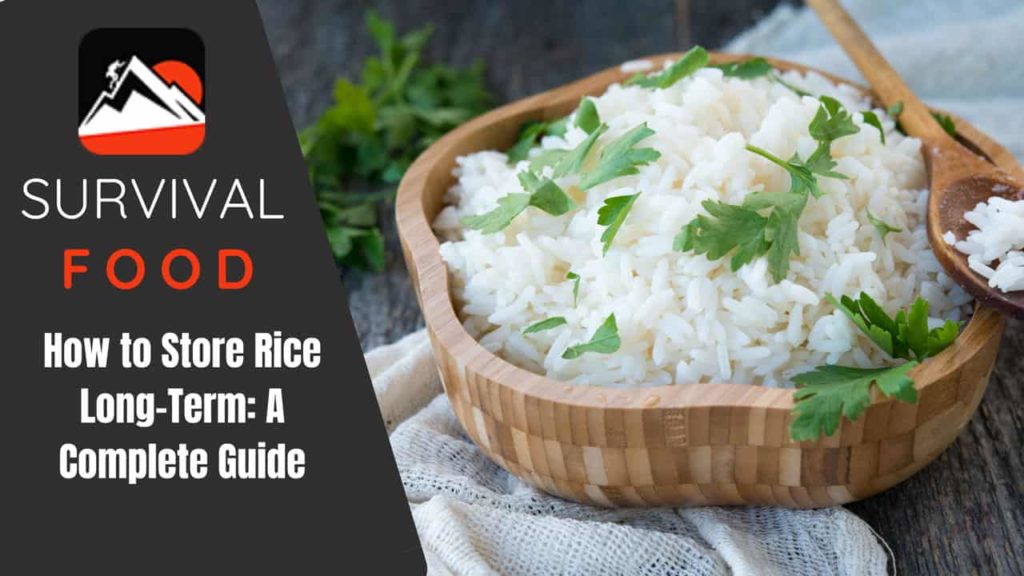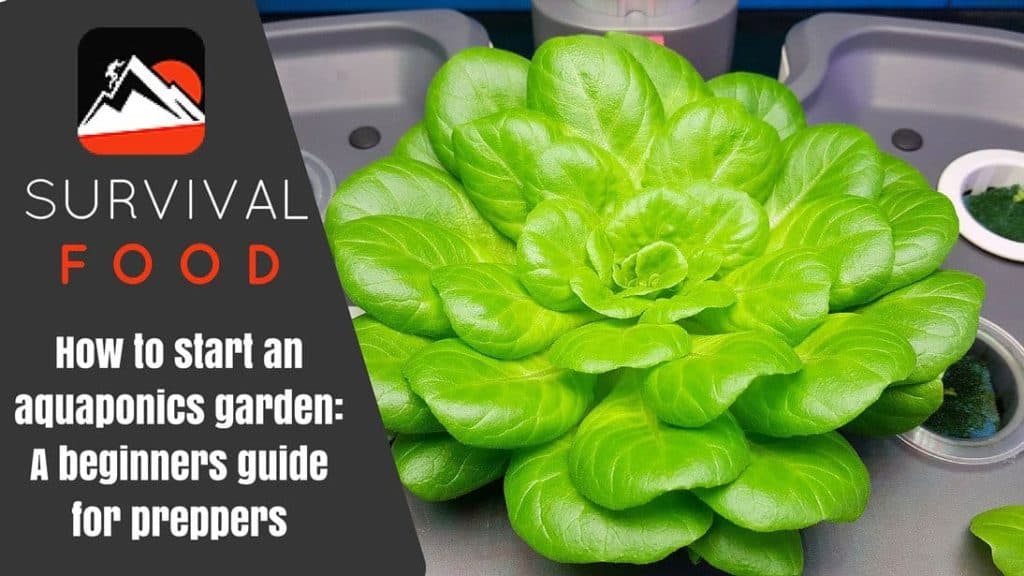Contents
If there is anything to be learnt from disaster movies over the years, it is that the real threat to your life is running out of food. You need to have enough food and water stored away in your earthquake emergency preparedness kit to survive till the rescuers come find you. It’s critical that you pack enough food to last a few days aimed at keeping you alive and optimistic while you wait.
It’s with this goal that we share these food options that fit the guidelines of safe eating. The list includes a few things that will help all the cold, canned food go down a little easier.
Areas of Concern in the Aftermath of an Earthquake
Before you start readying an emergency preparedness kit, you need to be aware of what you will be up against in the aftermath of an earthquake. There is a high possibility that you won’t have access to safe water or electricity in the immediate few days following the disaster. This will only add to your family’s overall worry, stress, and inconvenience.
You need a 3 – 5 day supply of food and water to ensure you stay alive and healthy. You should also prepare for alternative means of cooking since you may not have access to electricity. In addition, you may want to equip your freezers and refrigerators with thermometers to monitor the temperature. These are a few key areas of concern:
- Water supply storage
- Water purification
- Refrigerated foods
- Frozen foods
- Cleaning and sanitizing food
Pro tip: Check out this YouTube Video on protecting yourself in an earthquake
Best Food to Store for an Earthquake
These non perishable foods (or close to it) have long expiration dates. You can stash them for a long time. However, you need to keep a list of everything in your stockpile with their expiration dates. Don’t forget to have a can opener handy, or all that food will be of no use.
Jerky and other dehydrated meats
If you are wondering what food to store for an earthquake, you have come to the right place. The first thing you need is to get your hands on jerky and other dehydrated meats. These are excellent source of protein and have better flavor than canned meats. You can find a range of dehydrated meat options in the emergency food aisle, such as ostrich, lamb, turkey, and the traditional beef.
Jerky is a long-lasting earthquake food. Stemming from this, you need to store these in an airtight and sealed container to prolong freshness. The average shelf life of jerky is several years if stored correctly.
Freeze-dried meals & desserts
You need to keep freeze dried foods on hand. These are better than frozen foods and can give you a taste of gourmet meals anywhere you want. Make sure you try the freeze-dried meals before stocking up on them to check flavor and palatability. They should be to your family’s taste buds, especially if you have children.
There are tons of manufacturers in the freeze-dried foods industry. You can pick and choose among different flavors and types. You can also include a few dessert packets to satisfy your sweet tooth. Taking this into account, make sure you choose meals that come in individual packets and have a really long shelf life.
Pro tip: You can check out our curated picks of best freeze dried foods for an earthquake
Peanut butter
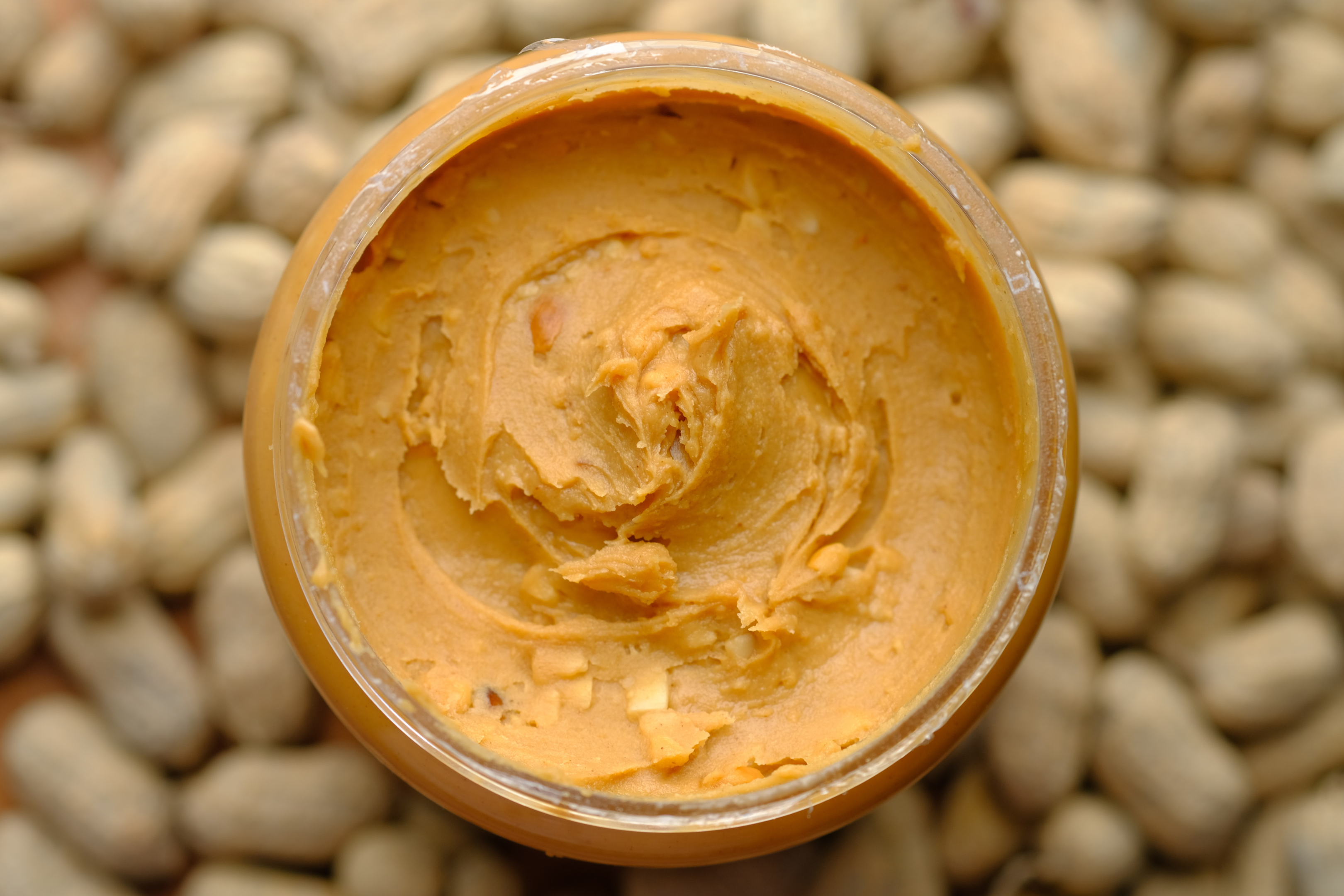
If there is one thing that every earthquake kit needs – it is peanut butter. Most sporting goods stores carry healthier variants of peanut butter that are chock-full of protein and good fats. Do not purchase your peanut butter from the refrigerated or frozen foods section. You want something that remains safe to eat even at room temperature.
Don’t go overboard with peanut butter though, because it can make you thirsty. Ideally, peanut butter should only be used as a snack. It should never be used as a meal option. You should not have more than 2 spoonful of peanut butter in a day.
Whole-wheat crackers
Crackers are a great substitute for bread. They can be used for replacing bread when making sandwiches. It’s crucial that you use crackers made from whole grains. These may have a shorter shelf life as compared to other counterparts because of the higher fat content. Based on this, the extra fiber will pay off in the long run when you get particularly hungry.
You may want to consider vacuum-packing the crackers for prolonging their freshness. Family sized packs are usually cheaper. Make sure there are individual packs in it to prevent staleness. You can also try toasted crackers for a healthier kick. Try to find crackers that don’t have high-fructose corn syrup in them.
Nuts and trail mixes
Nuts and trail mixes are high energy foods and a necessity in every emergency food supplies kit. Nuts and seeds provide essential nutrients in the form of minerals and vitamins. Make sure you purchase vacuum-packed containers. This will prevent the nuts from oxidizing or becoming stale. Nuts and seeds are the best raw foods you can eat after an earthquake. Brazil nuts, almonds, and walnuts also contain substantial protein.
If purchasing packaged food, make sure it doesn’t contain any trans-fat or unnecessary sodium. Don’t buy trail mixes that come in metal containers. You can use these as healthy snacks or for emergency eating. Most trail mix have long term food storage and are safe for people with dietary restrictions, such as pregnant women.
Cereals
It’s best to choose whole grain or multigrain cereals that come individually packaged. This way they won’t become stale on opening. You need to remember that you won’t necessarily have plastic containers on hand to seal freshness. You can choose sweetened cereals if you have kids. Though, it is advised to stay away from sugary things. You may want to stock up on milk whether dairy or non-dairy depending on the cereals you have.
Power bars and granola bars
Granola bars are different from your average protein bars. These are filling, healthy, and highly portable snacks. They remain fresh for at least 6 months from the date of manufacturing and are an excellent source of carbohydrates. In fact, you can get more energy from granola bars as compared to eating an entire plate of rice. In addition, you won’t need to erect a camp stove outdoors to get your carb fix.
There are several companies offering granola and power bars. You can choose among different flavors, such as peanut butter, oats, dark chocolate, and others. You need to look at the amount of whole grain per serving and other added ingredients when purchasing these bars.
Dried fruits
In the absence of healthy food items, such as fresh fruits, dried fruits are a great substitute. They offer the necessary dietary fiber and potassium that your body requires. You can also get a significant amount of calories and nutrients from them. They can be used as a healthy snack or to fix a craving.
Dried fruit are among select foods that don’t require cooking and can be had by all family members, including children. They are wholesome with a high nutritional value, making them one of the best emergency foods. In fact, they are better than canned fruits and can be used on cereals or had as a snack. Make sure the dried fruits you purchase are free from sweeteners, preservatives, and additives.
Canned tuna, salmon, chicken, or turkey
Canned poultry and fish can usually last two years in the pantry. Canned foods are essential to your earthquake emergency food supply since they are less likely to get damaged. You can eat them straight out of the can if it is not possible to heat food.
Commercially canned food has a long shelf-life and doesn’t require any freezing. In contrast, vacuum-packed pouches may only last for a few months. In a natural disaster, you want to be able to depend on your food supply. Moreover, vacuum-sealed packs can come in handy if you don’t have access to a can opener. When purchasing canned fish, you need to find something that has a low mercury content. This will make it safer for kids and pregnant women.
Canned fruits and vegetables
After an earthquake, you may not have access to fresh produce for a few days or weeks depending on the severity of the disaster. In such times, canned goods can provide you with the essential nutrients you need. You may want to get cans of different vegetables and fruits to pack as many healthy vitamins and minerals as you possibly can.

You can choose from carrots, peas, lima beans, corn, and green beans among others. You should also get canned tomatoes. These can be added to any food for a nice flavor twist. Commercially canned foods don’t usually require any food preparation. They are a suitable way of storing perishable food to get a well balanced meal. Taking this into account, make sure you have a can opener to get to your canned vegetables.
Canned soups and chili
Canned soups and chili don’t require boiled water and can be had straight from the can. They offer a wide range of nutrients that you may not get from frozen food. In addition, you don’t need to worry about food safety in case of a blackout. Canned food containers don’t need refrigeration and stay safe in normal room temperature. Make sure you purchase the low-sodium variants.
Dry pasta and pasta sauces
Pasta is gluten-full and carb-heavy. But, it is filling. Jarred sauce and dry pasta can last on your pantry shelves for a long time. These are basic foods that should form part of your emergency kit. In most cases, pasta is safe for people with special diets, making it one of the best non perishable food items. However, pasta requires cooking. You will need makeshift emergency cooking supplies.
Bottled water
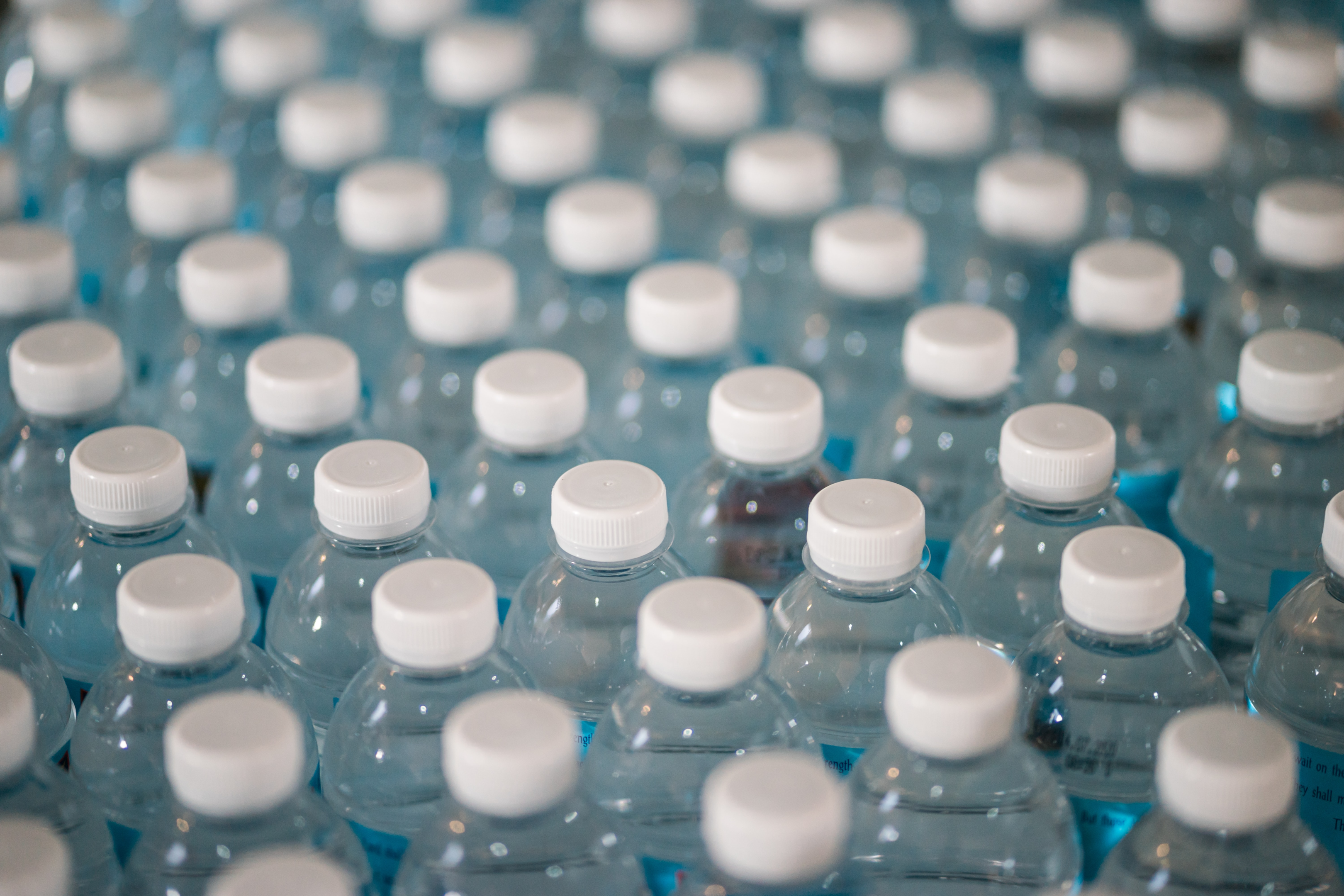
You need at least 3-days’ supply of bottled water. The WHO recommends at least 1 gallon of water for a person daily. You may need more if water supplies get affected during the earthquake. An average active adult needs to drink half a gallon of water every day. The other half gallon can be used towards washing and cooking food. You may want to purchase electrolyte sachets to replenish any essential minerals that were lost.
Sports drinks
Electrolytes in sports drinks can help in replenishing fluids and rehydrating you when safe drinking water is scarce. You need to make sure your sports drink doesn’t come with too many additives. Artificial sweeteners should not be the only active ingredient in the drink. You can also store organic electrolyte-enhanced drink made with natural sea salt and coconut water.
Shelf-stable beverages
Besides non perishable foods, you also need shelf-stable drinks in your emergency supplies. You can include dairy products, such as shelf-stable milk or non-dairy options in the form of almond milk, soy milk, rice milk, and fruit juices. While storing carbonated drinks may seem tempting, it’s a bad idea for more than one reason. Carbonated beverages are empty calories and will only work to dehydrate you further. You should avoid all forms of sugary drinks and soda.
Other essentials
When you plan food supplies, you need to make sure that you don’t leave anything to chance. The motto of every survivalist is to prep for the worst and hope for the best. To this effect, you need to stock up on powdered milk, salt, sugar, seasonings, and multivitamins. Milk powder is a great substitute for milk and is an excellent source of vitamin D and calcium.
You should also get baby food. Make sure you choose foods that your baby is accustomed to. If you have a charcoal grill or stove, you may want to do some cooking. You may need a basic supply of sweeteners and seasonings to enhance flavor. Another essential thing to add to your emergency kit is instant coffee. You may want to add multivitamins and other supplements to your diet as well to replace the nutrients you would naturally consume.
Food Safety and Sanitation in the Aftermath of an Earthquake
Food stored in freezers and refrigerators can quickly become unsafe without electricity or another cold source. Bacteria can take over at temperatures between 40- and 140-degrees Fahrenheit. In a few cases, thawed food can be had if the refrigerator and freezer doors were kept closed and it is still cool inside.
Pertaining to this, it’s better if you don’t take any chances since medical help may be difficult to get. Always follow the principle of when in doubt, throw it out. These are a few dos and don’ts to take care of:
Do:
- Keep eating and cooking utensils clean
- Keep food in covered containers
- Throw away any food that came into contact with contaminated water
- Throw away food that has been at room temperature for more than 2 hours
- Throw away food if it has an unusual color, odor, and texture
- Always use ready to feed baby formula
Don’t:
- Eat foods from swollen, dented, or corroded cans. This is even if the food looks fresh to eat.
- Eat any food that smells or looks abnormal
- Let garbage accumulate around you
In an earthquake, freeze dried food is always better than frozen options. Electricity is the first to get affected and it can take days till emergency responders can get everything fixed up.
More Food Advice for Earthquakes
You may be able to cook or heat your food if there is no electricity. As long as you have outdoor access, you can use a propane stove or a charcoal grill. Make sure you don’t use these indoors since they need proper ventilation and are a fire hazard. You should stock up for special needs as well, such as regular medication. You may want to stock up on extra baby formula and baby food among other essential items.
It’s best if you purchase vacuumed pouches or cans for your food. These are less likely to get contaminated. You should avoid eating home-canned or jarred foods. These won’t have intact seals in the event of an earthquake. All grocery stores keep canned food options.
A survival backpack that contains freeze dried food, water purification bottle, knife, lantern, Firestarters, cookware, and more is ideal. We recommend Readywise’s Ultimate 3 day survival backpack, which you can find here.
Don’t forget:
- Your most valuable tool – a can opener
- A bowl, fork, and spoon for each household member
- Small cutting board and knife
- Instant tea, coffee, and dry milk
- Crunchy things, like pita chips and crackers to dip into soft canned food
Final Thoughts
When putting an earthquake food supply kit, you need to choose foods that your family eats in their regular routine. Don’t forget favorite treats. Germane to this, avoid high-salt foods as they can increase thirst. Make sure to choose food that have a high nutritional content and require little to no cooking. You may want food supplies that come in one-meal servings. If you have pets, don’t forget canned or non-perishable pet food.

